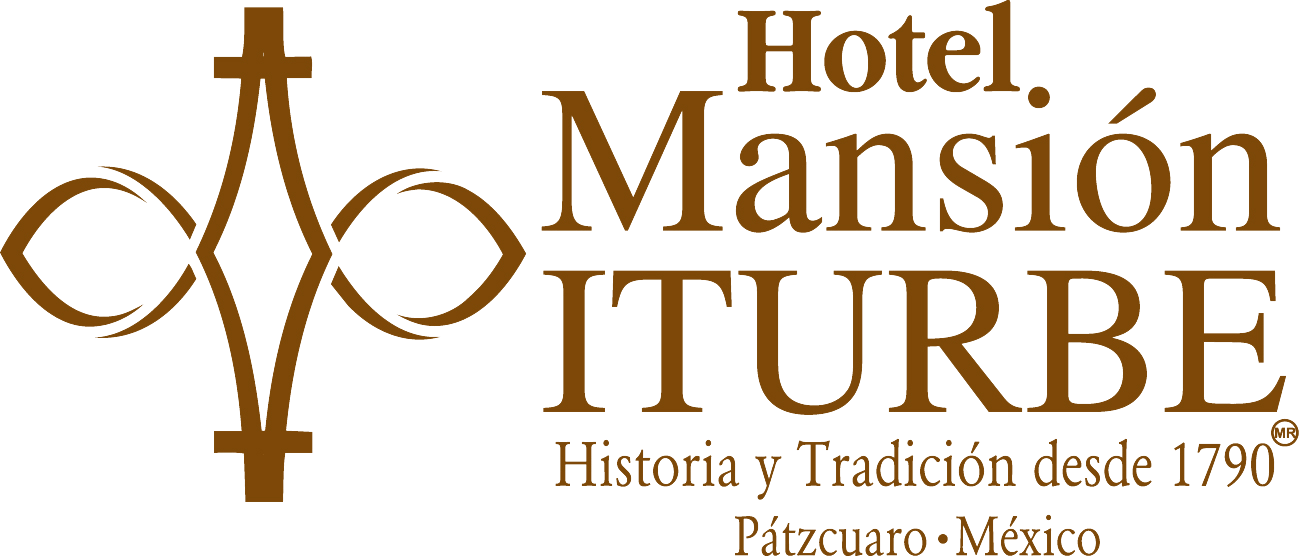Ancient Codices and Canvasses of Michoacan a temporary show at the Museum in Patzcuaro
The Expo
of Codices and Canvasses of Michoacan
is now visiting our very own Art and
Folk Museum in Pátzcuaro – barely two blocks up the street from Hotel Mansión Iturbe – is the
brainchild of Dr. Carlos Paredes Martinez. Learn more about the history of Michoacan through these
historic, illustrated documents, on display until December 22.
Via these media, you will see copies of important depictions of the indigenous’ history, customs, culture, economy, rites, and religious ceremonies as they were half a millennium ago.
One of the most important documents of the era is “La Relación de Michoacán”, the definitive narrative of the history of pre Colombian civilizations, including the history and customs of the Purépecha people, written by Fray Jerónimo de Alcalá in 1541 at the direction of the first Viceroy of New Spain, Don Antonio de Mendoza. (The original document is in the Biblioteca Real of San Lorenzo del Escorial in Spain.)
The Canvasses of Jucutacato (16th century), consisting of 38 images of various dimensions, are interpretations that illustrate the migratory character and other details of the habitants such as the discovery of copper. These documents are among the few that survived the destruction during the Spanish Conquistadors. (The original is in the “Sociedad Mexicana de Geografía y Estadística” in Mexico City.)
The 17th- and 18th-century canvasses of Carapan, from the Valley of the Eleven Villages (municipality of Chilchota) have been used by the locals to reclaim their ancestral lands. (The original is in the Museo Regional Michoacano.)
The Canvasses of Santa María Comachuén
(municipality of Nahuatzen in the Purépecha Plateau) from the 18th century is
considered by the inhabitants as the most valuable proof of their rights to
their lands.
The 16th-century Codex of Huetamo is a pictorial representation of objects that were wrongfully acquired by the colonist Gonzalo Ruiz. (The original document is in the University of Princeton in the United States.)
The Codices of the Huapean Group (1567) are
scathing documents against the philanderer Alonso Huapean of Zinapécuaro, who
was accused of demanding tribute from the indigenous. (The original is in the National
General Archives.)
A copy of the Coat of Arms of Tzintzuntzan (1595) is also on display. (The original is in the General Archives of Indigenous Peoples in Seville, Spain.
Visit the Museum in Patzcuaro and keep an eye out for other expos. There’s always something there to surprise the visitor!
For more information about our Hotel in
Patzcuaro
Reservations online at Hotel Mansion Iturbe
Tels: +52 (434) 342 0368 / 342 3628
Fax: +52 (434) 342 3627
Toll Free fax number from USA & CANADA: 1 866 678 6102
GDS CODES:
 |
| Expo of Codices and Canvasses of Michoacan in Patzcuaro |
Via these media, you will see copies of important depictions of the indigenous’ history, customs, culture, economy, rites, and religious ceremonies as they were half a millennium ago.
One of the most important documents of the era is “La Relación de Michoacán”, the definitive narrative of the history of pre Colombian civilizations, including the history and customs of the Purépecha people, written by Fray Jerónimo de Alcalá in 1541 at the direction of the first Viceroy of New Spain, Don Antonio de Mendoza. (The original document is in the Biblioteca Real of San Lorenzo del Escorial in Spain.)
 |
| The Chronicle of Michoacán "La Relación de Michoacán" |
 |
| The Chronicle of Michoacán "La Relación de Michoacán" |
The Canvasses of Jucutacato (16th century), consisting of 38 images of various dimensions, are interpretations that illustrate the migratory character and other details of the habitants such as the discovery of copper. These documents are among the few that survived the destruction during the Spanish Conquistadors. (The original is in the “Sociedad Mexicana de Geografía y Estadística” in Mexico City.)
 |
| The Canvasses of Jucutacato |
The 17th- and 18th-century canvasses of Carapan, from the Valley of the Eleven Villages (municipality of Chilchota) have been used by the locals to reclaim their ancestral lands. (The original is in the Museo Regional Michoacano.)
 |
| Canvansses of Carapan |
 |
| Canvasses of Santa María Comachuén |
The 16th-century Codex of Huetamo is a pictorial representation of objects that were wrongfully acquired by the colonist Gonzalo Ruiz. (The original document is in the University of Princeton in the United States.)
 |
| Codex of Huetamo |
 |
| Series of photographs from the Codides of Huapean Group |
A copy of the Coat of Arms of Tzintzuntzan (1595) is also on display. (The original is in the General Archives of Indigenous Peoples in Seville, Spain.
 |
| Coat of Arms of Tzintzuntzan |
Visit the Museum in Patzcuaro and keep an eye out for other expos. There’s always something there to surprise the visitor!
*Text and pictures properity of Hotel Mansión Iturbe.
We invite you to check more articles in our blog, you will able to find information that will be helpful for you next trip to Patzcuaro.
Here are some post that we suggest you:
Hotel
Mansión Iturbe
Portal
Morelos 59
Plaza
Vasco de Quiroga
61600
Pátzcuaro, Mich.
MéxicoReservations online at Hotel Mansion Iturbe
Tels: +52 (434) 342 0368 / 342 3628
Fax: +52 (434) 342 3627
Toll Free fax number from USA & CANADA: 1 866 678 6102
GDS CODES:
Amadeus: ON MLMMAN
Sabre: ON 16297
Sabre: ON 16297









Comentarios